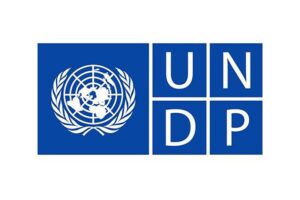ABOUT 3.9% of the Philippine population can be classified as suffering from “multidimensional” poverty, meaning poor in terms of living standards, education, and health, the United Nations Development Programme (UNDP) said.
According to the Global Multidimensional Poverty Index 2025, the UNDP said the “multidimensionally poor” in the Philippines is equivalent to 4.3 million people.
The report covers 109 countries and territories representing 6.3 billion people and updates the Multidimensional Poverty Index (MPI) for 13 countries.
The UNDP also classified an additional 5.2% or 6.02 million people in the Philippines as vulnerable to falling into multidimensional poverty.
The UNDP said the Philippine MPI rating is based on 2022.
“The largest contributions to the country’s MPI come from deprivations in standard of living (42.7%), followed by education (32.7%) and health (24.7%),” it added.
Globally, nearly 8 in 10 people live in multidimensional poverty, equivalent to 887 million people, including those directly exposed to climate hazards like extreme heat, flooding, drought, or air pollution.
“Our new research shows that to address global poverty and create a more stable world for everyone, we must confront the climate risks endangering nearly 900 million poor people,” Xu Haoliang, UNDP acting administrator, said.
The Philippines remained the world’s most disaster-prone country for the 21st consecutive year, according to the 2025 World Risk Index, with typhoons and floods regularly displacing communities.
“The climate crisis is fundamentally changing global poverty. It has left more people than ever at risk of poverty and less likely to escape it,” the report said.
In addition, the UNDP said resolving acute multidimensional poverty requires making “strong progress” in middle-income countries across all indicators.
The Philippines is classified as a lower middle-income country after just missing the threshold to achieve upper middle-income country status, according to the World Bank.
The government said the country is still on track to meet its target of moving to the upper middle-income tier by 2026 but bank said this could take place in 2027. — Aubrey Rose A. Inosante

